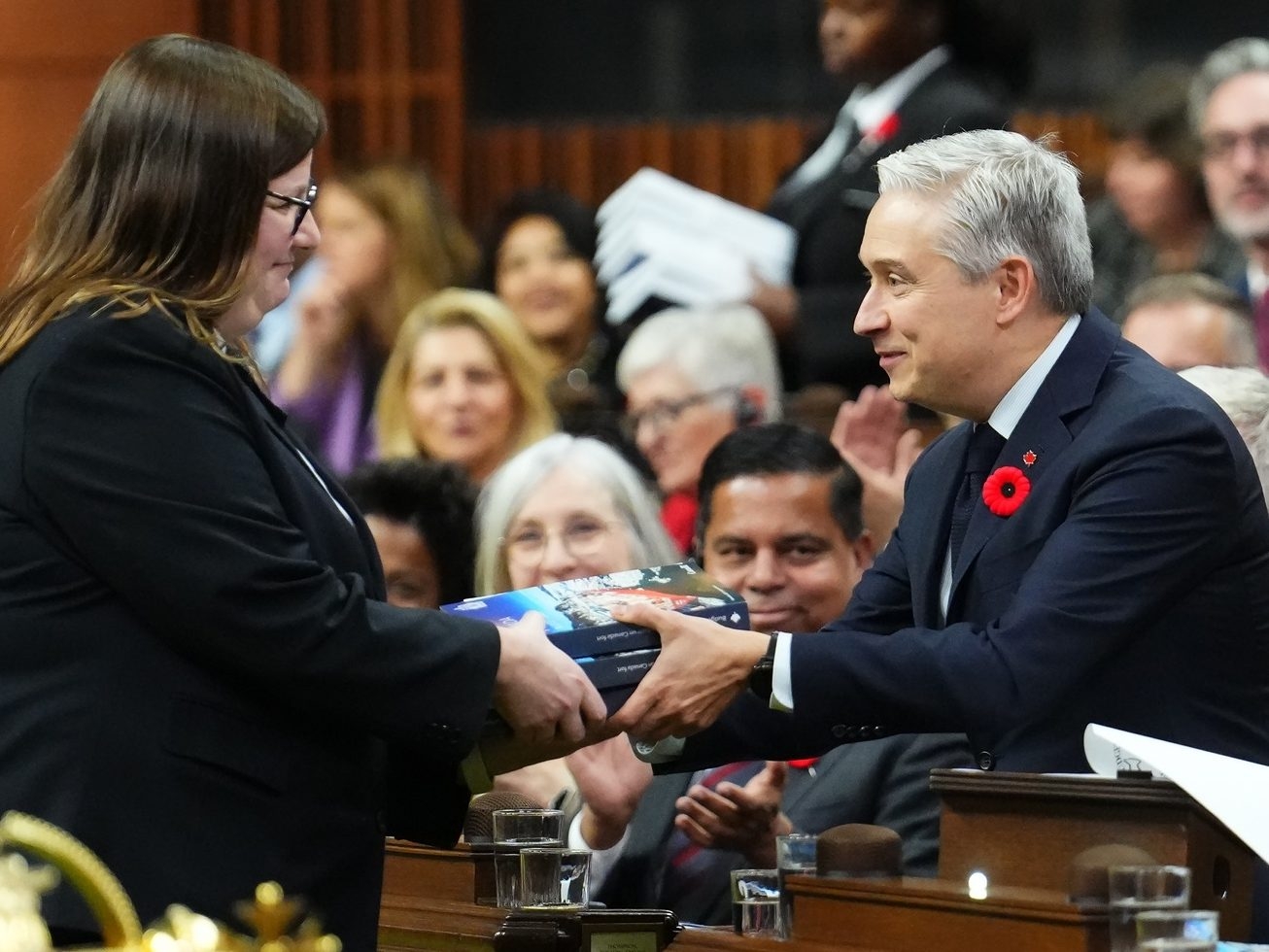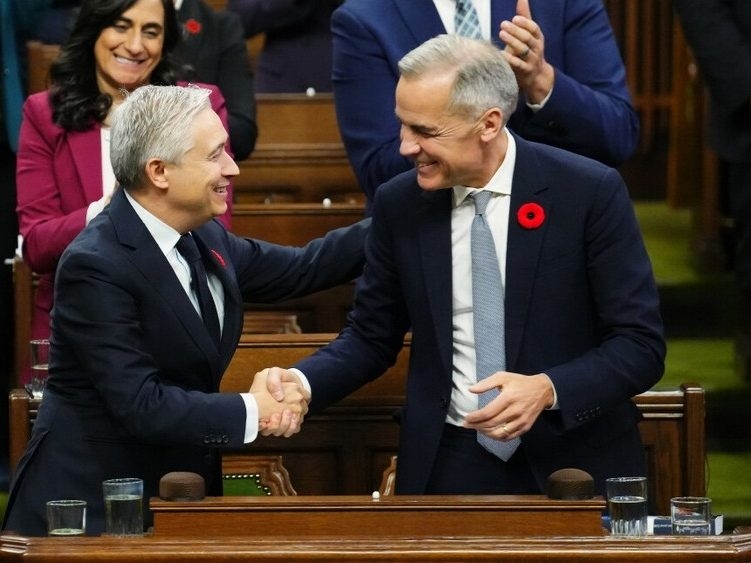Canadians are grappling with a relentless cost-of-living crisis, and the recent budget offered a glimpse of potential relief. Several initiatives, previously announced, found their way into the financial plan, aiming to ease the burden on families and individuals across the country.
A cornerstone of the budget is a tax cut targeted at the middle class. Legislation, currently moving through Parliament, proposes reducing the tax rate for those earning up to $57,375 from 15% to 14% starting in 2025. This change promises to deliver over $420 in savings per person for nearly 22 million Canadians.
The projected impact of this tax relief is substantial, totaling $27.2 billion over the next five years. The government anticipates this will provide a much-needed financial boost as households navigate rising expenses.

Beyond the tax cut, the budget addresses a critical need for simplified tax filing for low-income Canadians. A $71 million investment over five years will enable automatic tax filing for millions, unlocking access to vital benefits like the GST/HST credit and the Canada Child Benefit.
This program, expected to reach 5.5 million Canadians by 2028, allows eligible individuals to request a pre-filled return that the Canada Revenue Agency will file on their behalf, removing a significant barrier to accessing crucial support.
Youth unemployment, particularly acute in recent years, also received focused attention. The budget allocates $594.7 million over two years to create 100,000 summer jobs, beginning in 2026-27, through Employment and Social Development Canada.
Recognizing the challenges faced by young people with employment barriers, an additional $307.9 million will fund the Youth Employment and Skills Strategy, providing training and support to 20,000 individuals. This aims to equip them with the skills needed to succeed in the workforce.
Furthermore, $635.2 million will be dedicated to funding 50,000 work-integrated learning opportunities for college and university students. This initiative, also starting in 2026-27, seeks to bridge the gap between education and employment, offering valuable real-world experience.




